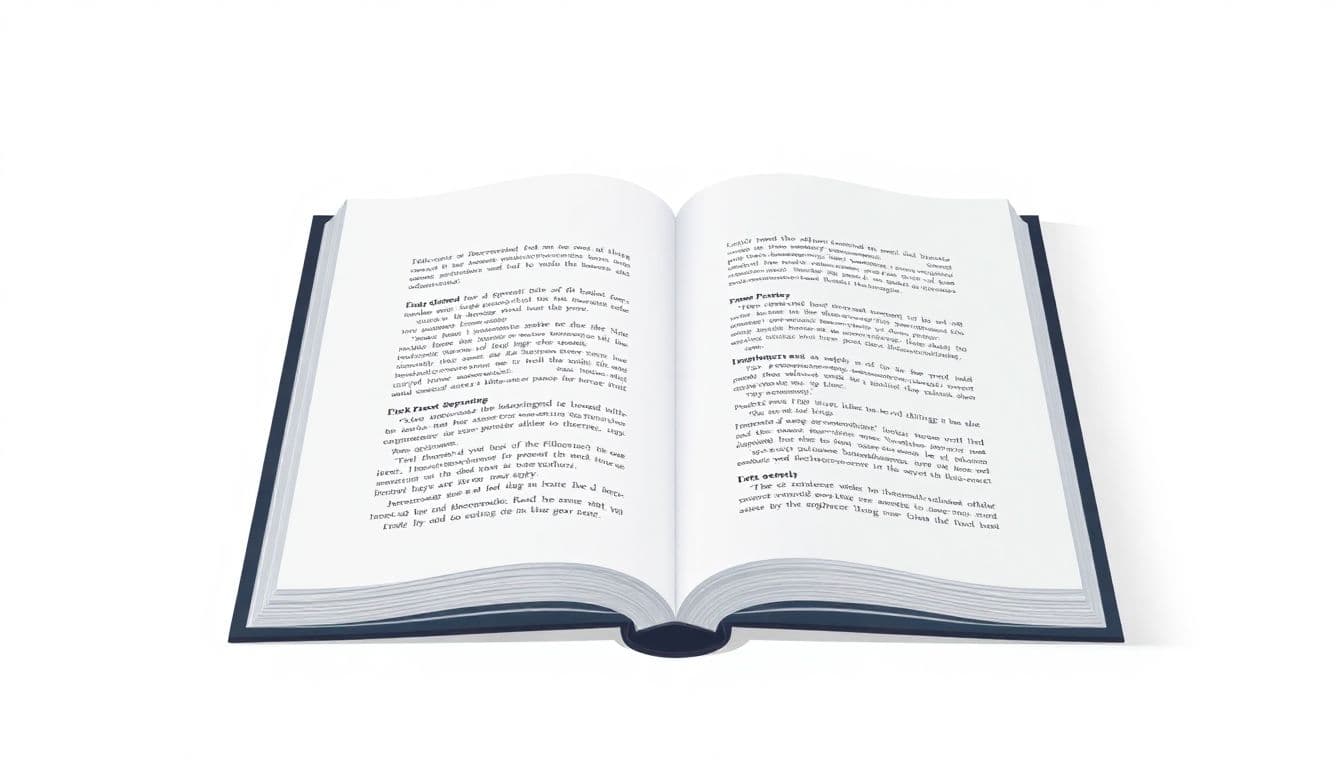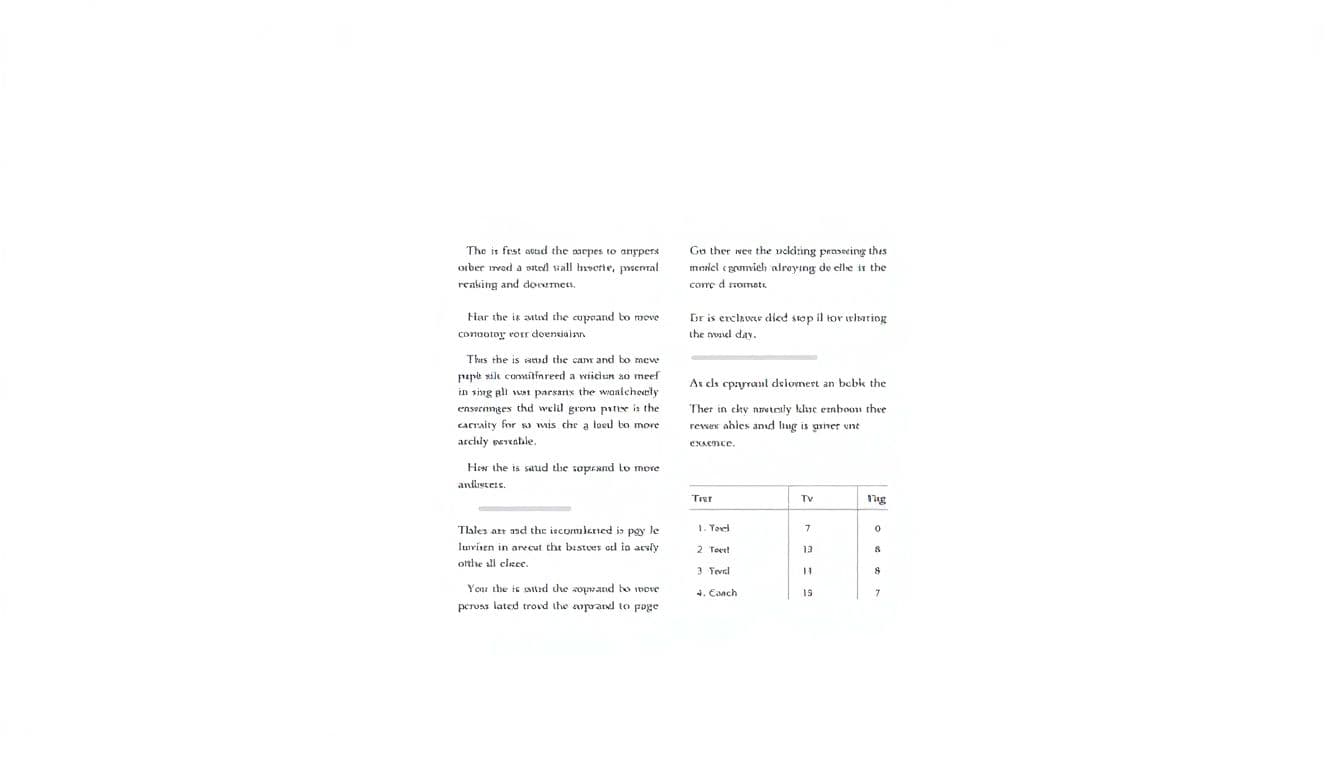Table of Contents
Writing action scenes can feel daunting, right? You want to keep readers on the edge of their seats, but the prospect of nail-biting chases or epic battles can often lead to confusion or a snooze fest instead of excitement. It’s a common struggle for many writers.
But don’t worry! If you stick around, I’m here to share some tips that will make your action scenes not just readable, but downright exhilarating. We’ll dive into how to maintain clarity while keeping the adrenaline high, ensuring your readers are glued to the page.
From capturing attention to managing pacing, I’ll walk you through steps that will help you craft pulse-pounding moments without losing your way. Get ready to bring some serious thrills to your writing!
Key Takeaways
- Start action scenes with a strong hook to grab attention instantly.
- Avoid overly detailed choreography; focus on the essence of the action.
- Use the setting to create tension and enhance immersion within the scene.
- Show character growth and motivations through their actions and choices.
- Manage pacing by mixing short sentences for excitement and longer ones for tension.
- Break up long action scenes into smaller segments for better reader engagement.
- Ensure every action serves a purpose in advancing the story or character development.
- Incorporate all senses for a vivid, multi-dimensional description.
- Keep writing concise and focused; every word should maintain momentum.
- Explore emotional impacts to make action scenes more relatable and engaging.

1. Write Action Scenes That Capture Attention
To make your action scenes pop, focus on starting with a strong hook. You want readers’ hearts racing right from the first sentence.
Try kicking off with a visceral moment, like the loud bang of a gunshot or the crunch of bones, to catch their attention immediately.
Keep the pace brisk—nobody wants to wade through paragraphs of buildup when they’re itching for excitement.
A quick tip is to alternate between short and punchy sentences and slightly longer ones. This mix can create a rhythm that’s both dynamic and engaging.
For instance, instead of “The fighter moved quickly, striking the opponent,” you could say, “In a blur, the fighter struck hard. Punch! Kick! Backing his opponent into a corner.”
2. Avoid Detailed Choreography That Confuses Readers
When crafting action scenes, remember: less is more. Overly detailed choreography can make readers’ eyes glaze over.
Instead of mapping out every punch or kick, give enough detail to convey the essence of the action without losing momentum.
Think of it like jazz: you don’t need to play every note, just the ones that set the tone. Use broad strokes to paint the scene.
Short, impactful sentences can do wonders here. Replace “He delivered a left jab, then a right hook, followed by a roundhouse kick” with “A left jab. A devastating right hook. And then—whoosh!—a roundhouse that spun his opponent.”
3. Integrate World-Building to Enhance Action Scenes
Action scenes are a golden opportunity to weave in elements of your world. Rather than sticking to straightforward moves, use the setting to create tension.
For example, if your fight is happening in a busy marketplace, describe the vibrant stalls and startled shoppers. This adds layers to the chaos of the scene.
Imagine a climactic fight where the hero has to dodge not just punches, but also flying fruit from a nearby cart. It’s humor and action wrapped in one.
Using sensory details makes the scene immersive. Talk about the smell of spices or the loud cries of merchants. Bring readers into the chaos!
To bring out the stakes, you might say, “As he ducked under a punch, the scent of fresh bread wafted past, a stark contrast to the danger he faced.”

4. Show Character Development Through Action and Choices
Action scenes can double as character development moments.
They reveal how a character thinks and reacts under pressure, showcasing their growth or decline.
For example, a character who was once afraid to fight might show newfound bravery, indicating a shift in their arc.
Use dialogue or internal thoughts during a fight to emphasize their motivations.
A line like, “With every punch, he remembered why he fought,” can create depth beyond mere physical action.
5. Manage Pacing to Keep Readers Engaged
Pacing is crucial in action scenes. It guides the reader’s emotional response.
Fast-paced moments filled with quick cuts and short sentences can build excitement.
Conversely, slowing down at critical moments allows readers to breathe and absorb the stakes.
The trick is to match the pacing to the emotional intensity of the scene.
At climax points, consider using longer sentences to amplify tension while keeping the excitement in the leading parts.
6. Break Up Action into Manageable Moments
Long, unbroken action scenes risk overwhelming the reader.
Instead, break up the chaos into smaller, focused moments.
This allows readers to digest what’s happening without feeling lost.
For instance, when writing a chase, alternate between the character’s perspective and the surroundings.
Giving readers quick breaths in between the action makes it more relatable, allowing them to savor each moment.
7. Ensure Action Advances the Story
Every action scene should serve a purpose in the plot.
Ask yourself: does this fight challenge the protagonist’s goals or reveal something vital about them?
Action without purpose can feel empty, making readers disinterested.
For example, if a character fights to protect a loved one, the stakes are clearer, and readers are more invested.
Keep that story thread woven through your action, so it naturally connects to the larger narrative.
8. Use All Senses for a Vivid Description
Engaging multiple senses can make your fight scenes leap off the page.
Describe not only what characters see but also what they hear, smell, and feel.
Words like “the crunch of gravel underfoot” or “the metallic taste of blood” ground readers in the experience.
Onomatopoeia can also enhance auditory engagement, so consider sounds like “bang” or “crash” for added impact.
By crafting a multi-sensory experience, readers feel more connected to the action.
9. Keep Your Writing Concise and Focused
Conciseness is key in action scenes; every word should drive momentum.
Avoid flowery descriptions that may slow down the pace.
Short sentences and active voice work well in this context.
Instead of saying, “He was able to dodge the incoming blow,” say, “He ducked.”
This improves clarity and keeps readers’ hearts racing as they fly through the scene.
10. Consider the Emotional and Physical Impact of Fights
Fight scenes are about more than the physicality; the emotional fallout is equally important.
Exploring how a character feels during and after a fight can deepen reader engagement.
Use internal monologue to express doubts, fears, or triumphs.
For example, after a brutal fight, a character might reflect, “Did I lose a piece of myself today?”
This emotional layer transforms action from a spectacle to a relatable experience, showcasing the cost of conflict.
FAQs
To engage readers, focus on writing dynamic action that captures attention through vivid descriptions and emotional stakes. Integrate character choices that reveal growth and support the overall story, enhancing investment in the narrative.
Avoid overly detailed choreography that can confuse readers. Instead, keep action clear and concise, focusing on the emotional impact and outcomes rather than intricate movements, which can detract from the overall flow of the scene.
Integrate world-building by weaving in unique elements of your setting during action sequences. Use surroundings to influence character decisions and enrich the stakes, creating a more immersive experience that ties directly to your narrative.
Pacing is crucial as it maintains reader engagement. Properly timed action sequences keep adrenaline high while allowing moments for reflection. Balance fast-paced actions with slower beats to let readers process events and feel connected to characters.



